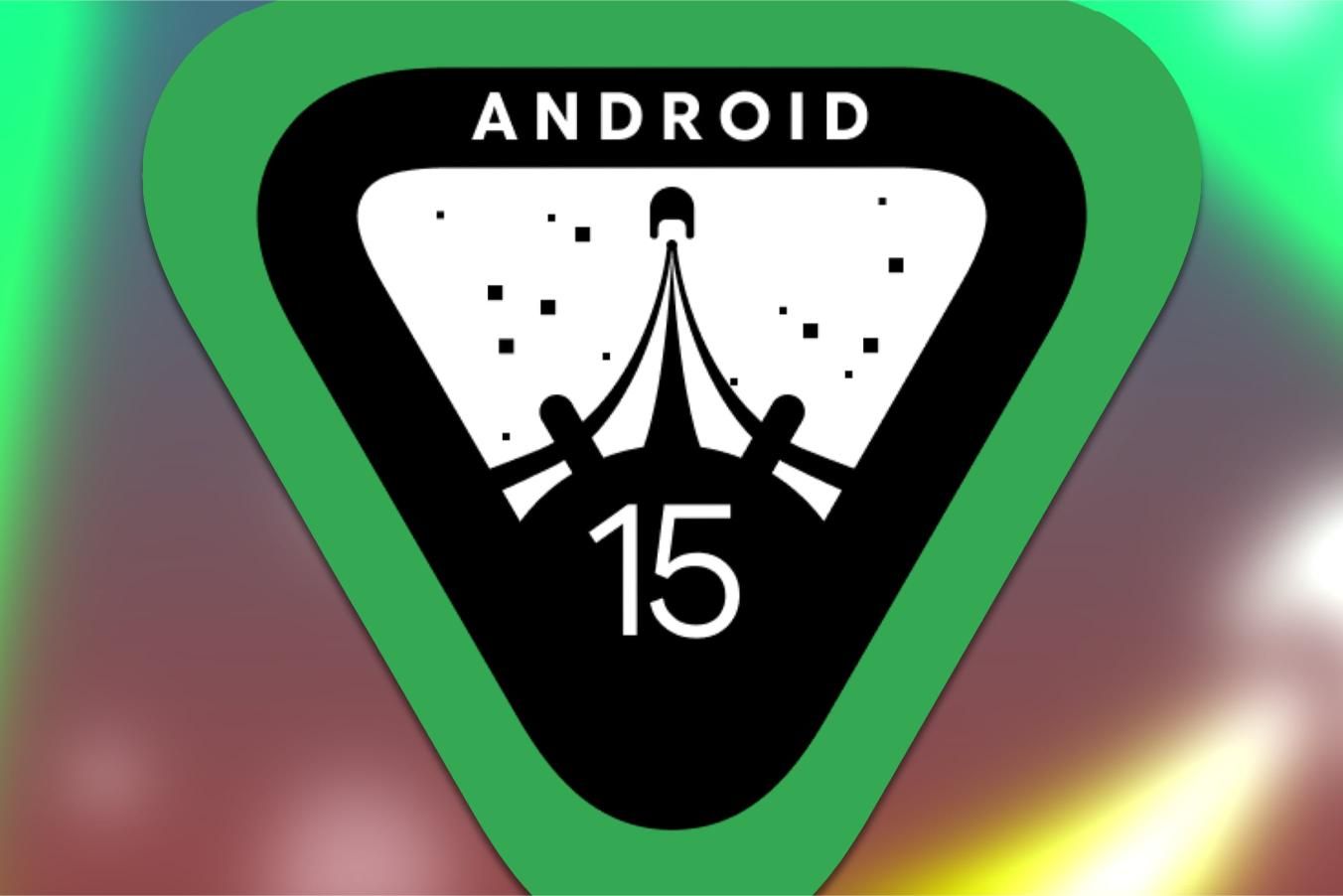Summary
- The Android 15 Developer Preview 1 is launching today, focusing on security, performance, and camera features.
- User-facing improvements in Android 15 include partial screen sharing and more powerful in-app camera controls for third-party apps.
- Android 15 also improves dynamic performance features with a new power-efficiency mode and improved reporting of GPU and CPU work durations.
Google has just announced Android 15’s first developer preview, giving us an official look at its next big mobile OS release. As always, this early version is meant for developers who want to get their apps ready and familiarize themselves with new APIs. Thus, the release will likely not have all new user-facing features enabled out of the box. Google still told us quite a bit about what to expect, and there are a few things we’ve learned about it thanks to leaks.
Google highlights its continuous focus on privacy and security. As part of this, the company brings the latest version of its Privacy Sandbox to Android 15, which is its replacement for third-party cookies across its browser and operating systems. Google says Android 15 “brings Android AD Services up to extension level 10.” New APIs of Android 15’s FileIntegrityManager allow files to be protected by custom cryptographic signatures, which makes sure that data can’t be tampered with or corrupted.
Android 15 also promises more tangible improvements. The company highlights partial screen sharing, which it first introduced with Android 14 QPR2, slated to arrive on Pixel phones as the March feature drop. It makes it possible to hide notifications and other unwanted apps while you record your screen. The new Android version is also supposed to launch more powerful in-app camera controls. This makes it possible for apps like Snapchat and Instagram to take advantage of even more advanced camera features like low light enhancements and better flash strength adjustments on supported devices.
Another big pillar of Android 15 is supposed to be dynamic performance, with new sets of APIs that lets apps and games adjust performance more in sync with the hardware’s thermal and power-related properties that will become part of the Android Dynamic Performance Framework (ADPF). A new power-efficiency mode can be used for long-running background operations, and there is improved reporting of GPU and CPU work durations.
Source: Google
Like with the last few Android versions, Google plans to release six preview versions of Android 15 — two developer previews in February and March, and four betas between April and July, with the June release reaching platform stability. A final release will then happen sometime after July.
Many expected features were already spotted under development
Google won’t have much left to surprise us with
On top of the official announcements, quite a few features that will likely launch alongside Android 15 were spotted under development in the AOSP source (Android Open Source Project). We already know that Google’s internal dessert codename for Android 15 is Vanilla Ice Cream. Beyond the developer-focused features, one of the more exciting possible features is the return of lock screen widgets, a feature that Android last had in 2014 before Android 5 Lollipop removed it.
There are more goodies to be found in the source code. Android 15 might let you save app pairs as shortcuts on your home screen, making it easy to jump back into specific multitasking workflows. The OS could also get a native app archiver, allowing all app stores to partially remove unused app that aren’t used. A small facelift in the form of more immersive content might also come, with Google possibly forcing apps to draw content behind the navigation bar.

Android 15: News, leaks, timeline, and what’s new
Here’s what we know about Android 15 now that the first developer preview has officially landed
Keep in mind that all these features aren’t confirmed yet, but we’ll be sure to dig into the new release to show off all the new features that are already available. If other Android releases are anything to judge by, nothing is carved in stone in this early phase. Google may still repeatedly walk back and forth on features and UI changes, so stay tuned to see what’s changing with each subsequent release.
Installing the developer preview is more involved than betas
You’ll need to get your hands dirty and sideload the update
As always, Google is making it slightly difficult to install the developer preview, forcing you to either sideload the OTA or the system image itself on your Tensor-powered Pixel. That’s because the company doesn’t want to encourage inexperienced people to test this build of Android 15 just yet.
Once the beta versions of Android 15 launch, this will likely change, and it will be possible to opt into testing via the Android Beta Program, which is currently occupied by Android 14 QPR3. Right now, Google lists all Pixel 6, 7, and 8 series phones as well as the Pixel Fold and Pixel Tablet as compatible.
The Android 15 developer preview is just the beginning of a long journey to the stable release, and if history is any indication, we will learn a whole lot about what Google has planned over the next few days, weeks, and months. The stable version of the OS will likely launch towards the second half of 2024, between August and October.
Source link



